Quick Bits: Wuppertal sits in the German state of North Rhine-Westphalia. Known for its steep hills, lush valleys, and historic buildings, it holds a distinctive character. The...
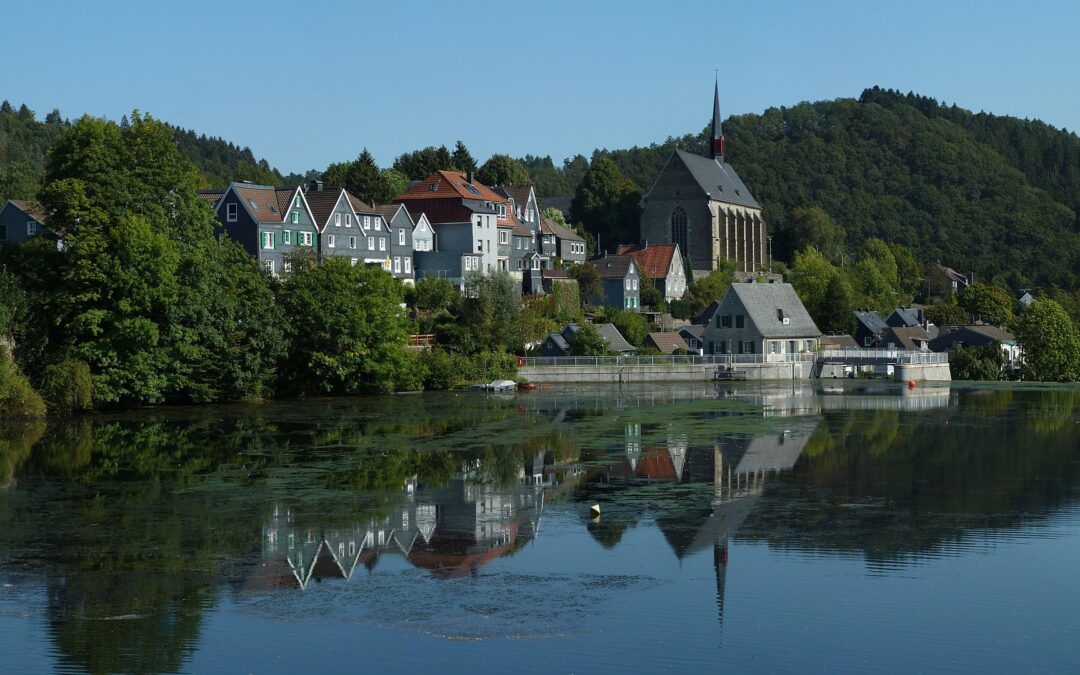

Quick Bits: Wuppertal sits in the German state of North Rhine-Westphalia. Known for its steep hills, lush valleys, and historic buildings, it holds a distinctive character. The...
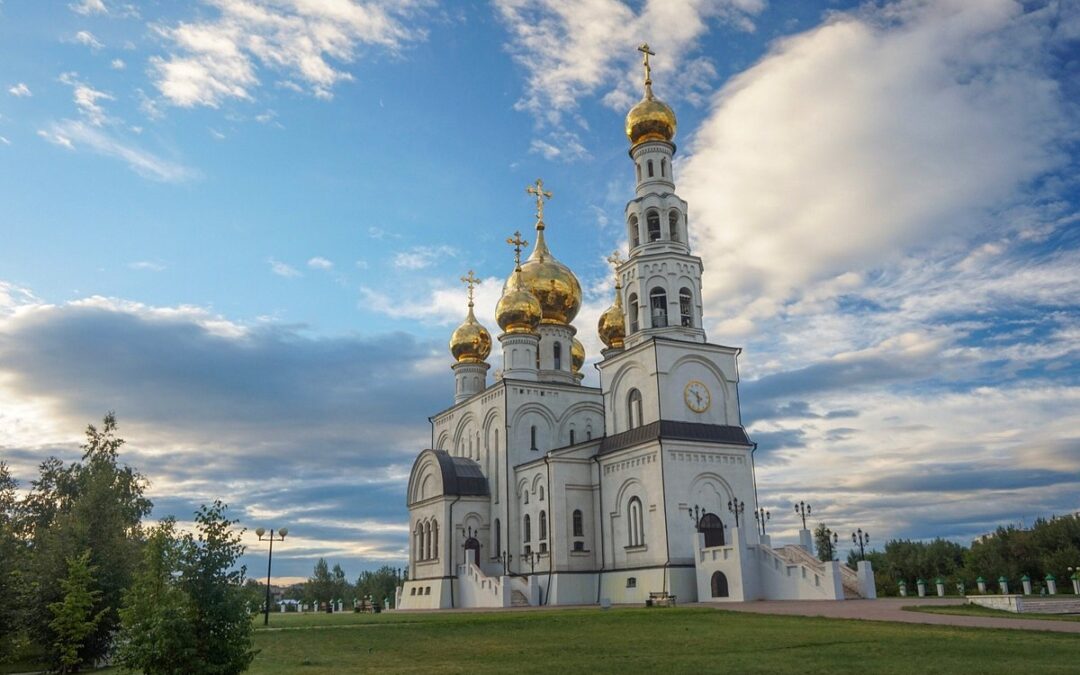
Quick Bits: Abakan sits quietly in the southern cradle of Siberia. As the capital city of the Republic of Khakassia, it stands on the Yenisei River, surrounded by rolling hills...
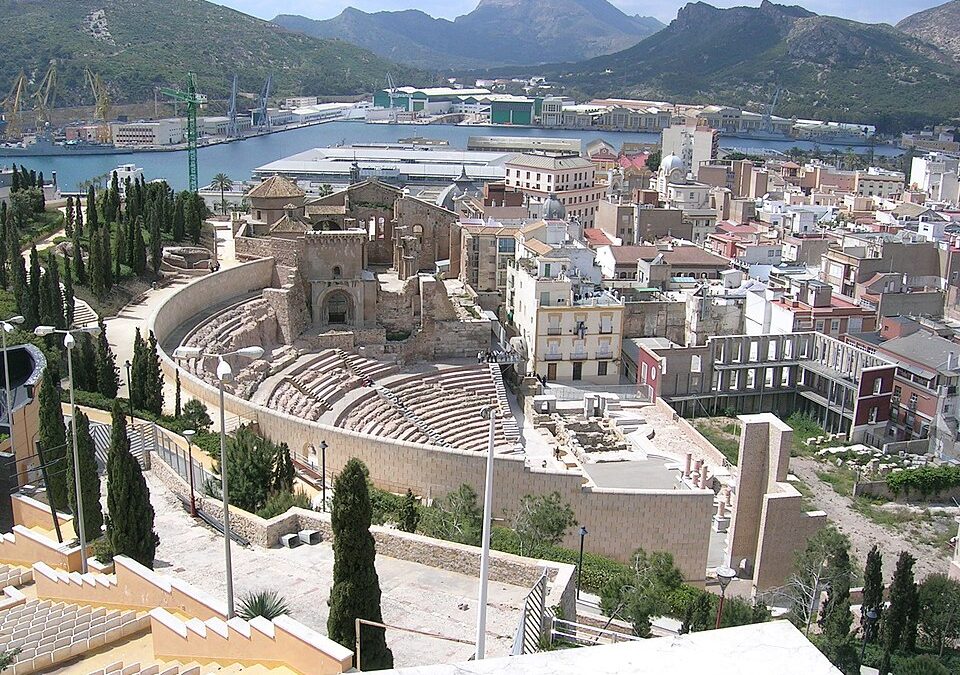
Quick Bits: Cartagena stands as a living museum. This city on the Mediterranean traces its history through layers of civilizations. With every step along its cobbled streets, the...
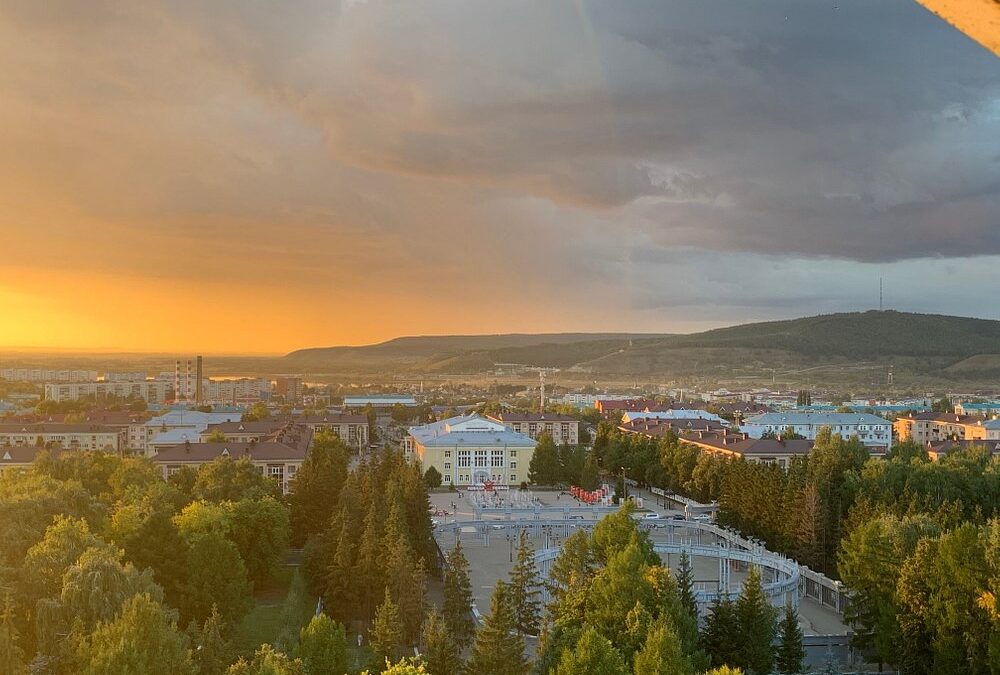
Quick Bits: Lorem ipsum odor amet, consectetuer adipiscing elit. Pretium purus metus turpis litora curabitur mus. Magnis netus pharetra etiam suspendisse diam habitant tempor....
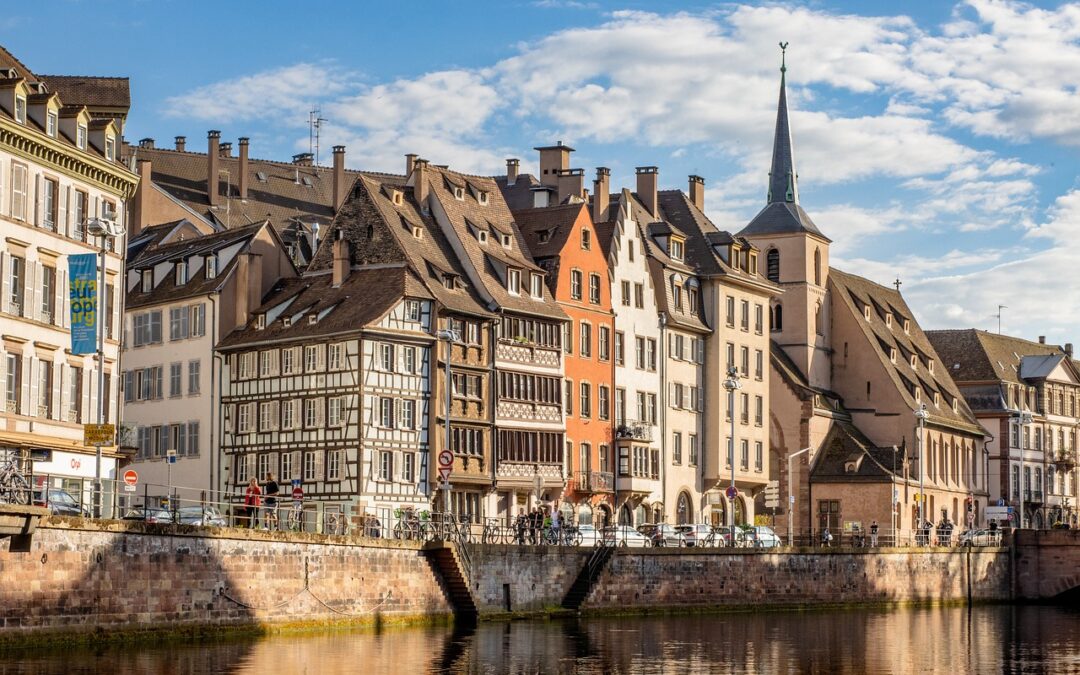
Quick Bits: Strasbourg stands at the crossroads of Europe. This historic city in northeastern France whispers stories of empires, revolutions, and unity. Its cobbled lanes tell...

Quick Bits: Bradford, nestled in West Yorkshire, England, thrives as a cultural mosaic layered with industrial grit and natural grace. With roots in textile dominance and a...
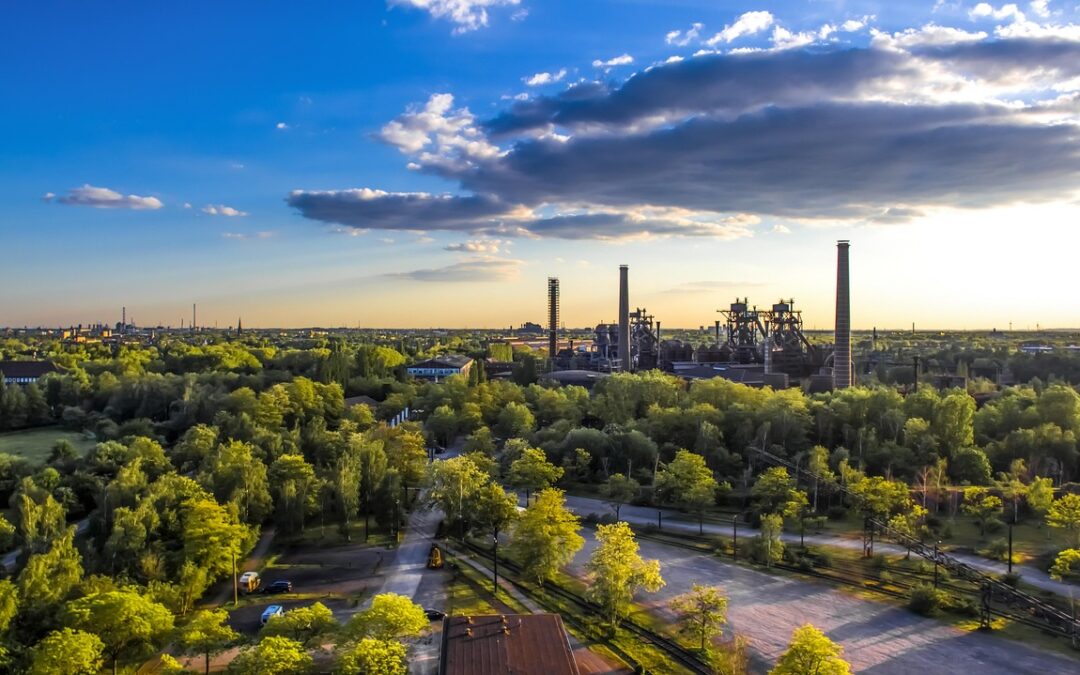
Quick Bits: Duisburg stands as a fascinating blend of industrial might and evolving cultural life. Tucked within North Rhine-Westphalia, this German city may not be as famed as...
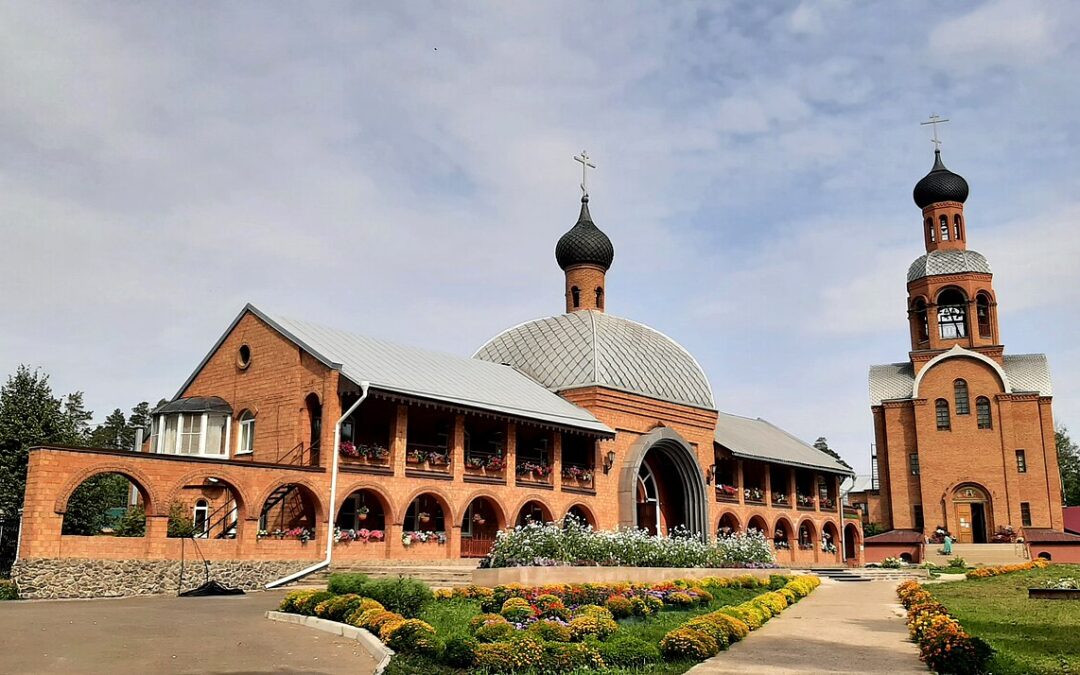
Quick Bits: Bratsk is a city in Russia's Irkutsk region known for its industrial significance, scenic landscapes, and historical heritage. The city sits along the Angara River...
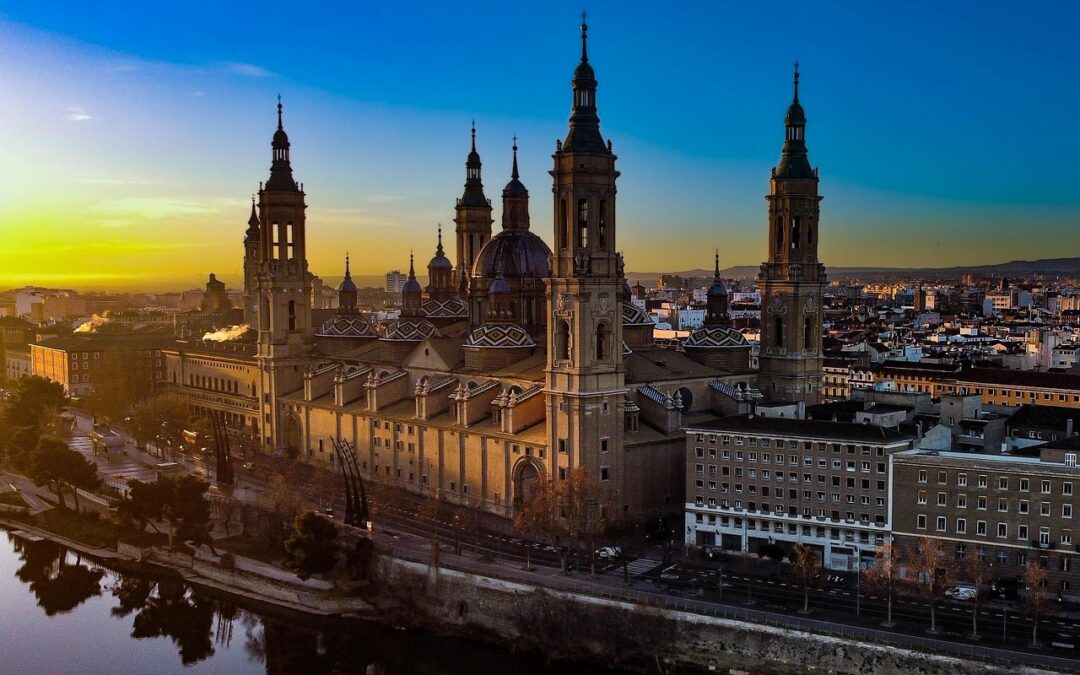
Quick Bits: Zaragoza is a historic and cultural hub in northeastern Spain, known for its stunning architecture, vibrant festivals, and deep-rooted traditions. As the capital of...
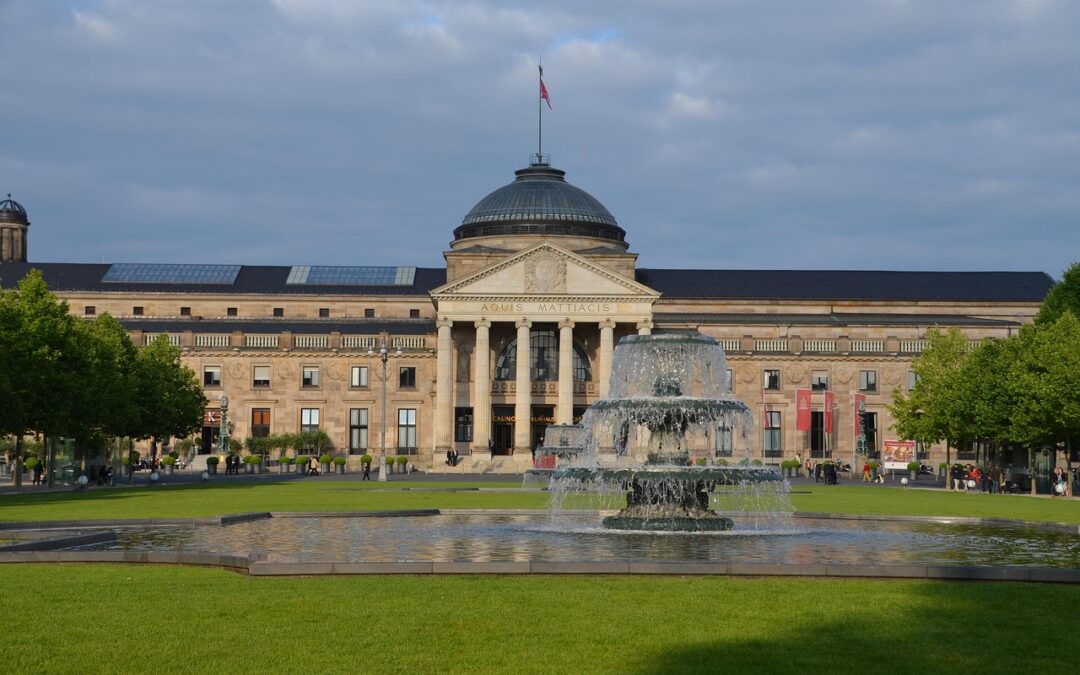
Quick Bits: Wiesbaden is one of the oldest spa towns in Europe, known for its thermal springs and vibrant cultural scene. The city offers historic architecture, lush parks, and a...
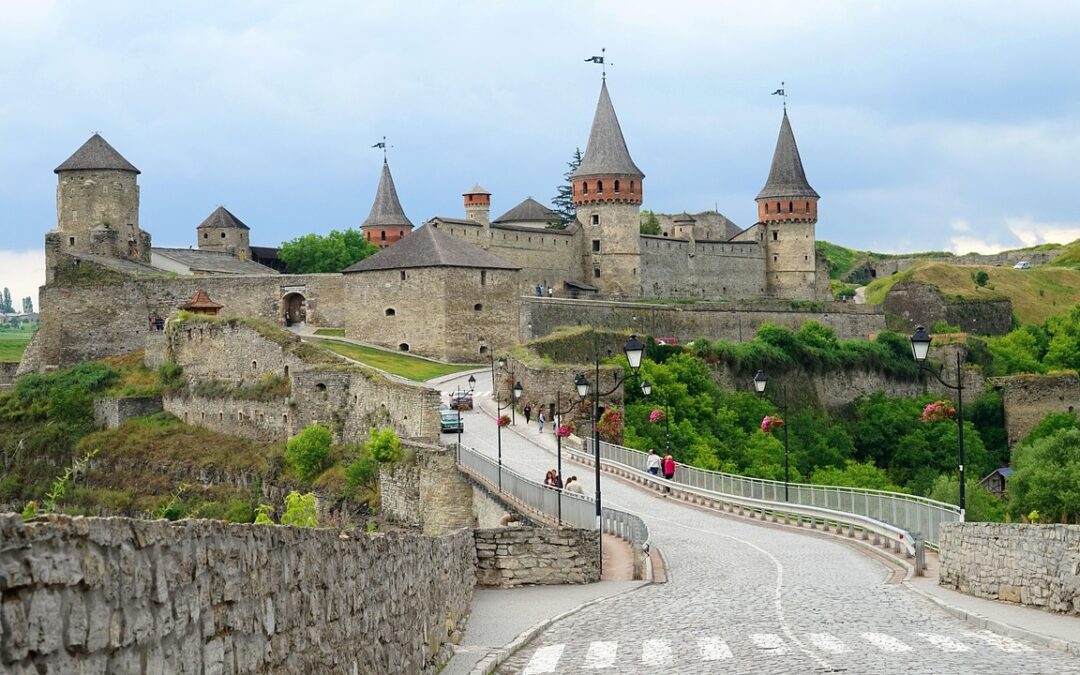
Quick Bits: Podolsk is a city located 37 km south of Moscow, known for its industrial heritage, cultural landmarks, and historical sites. Well-connected by rail and road, it...
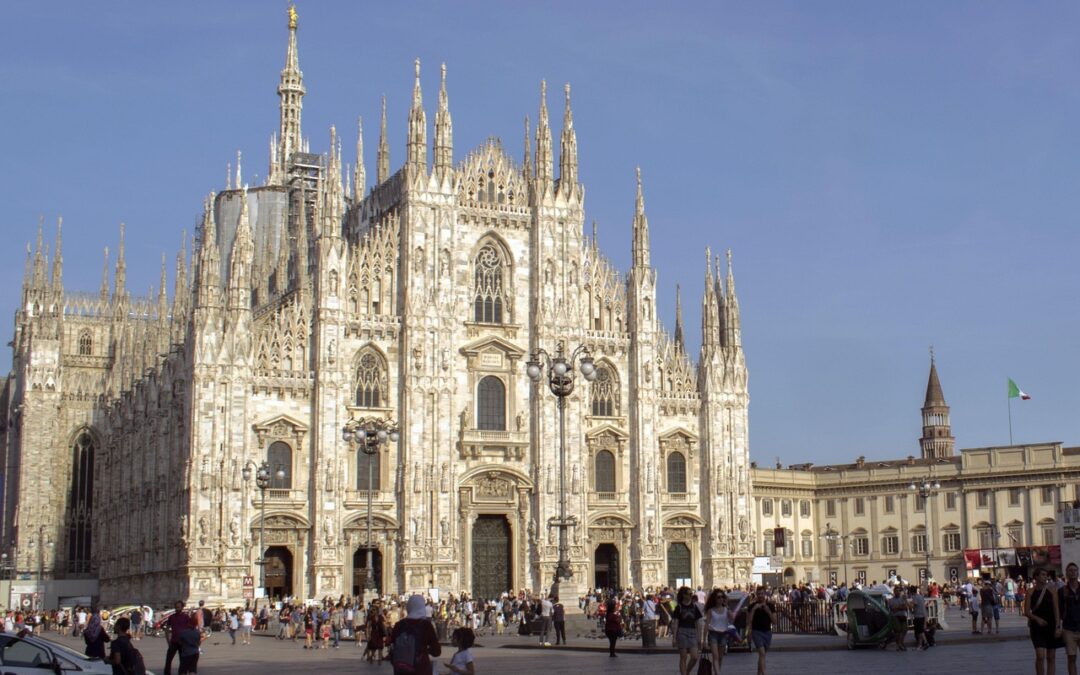
Quick Bits: Milan is Italy’s fashion and financial capital, known for its mix of historic landmarks and modern skyscrapers. It is home to world-famous art and architecture,...
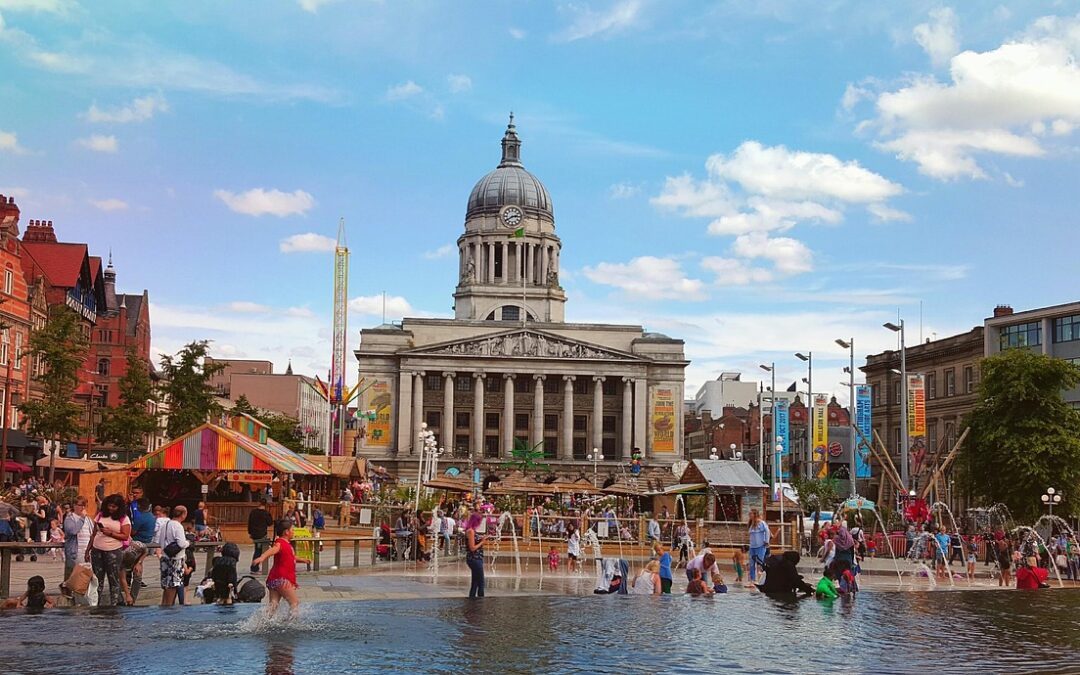
Quick Bits: Nottingham stands as a vibrant city in England with deep historical roots. Known for its connection to Robin Hood, it blends medieval charm with modern culture. A...
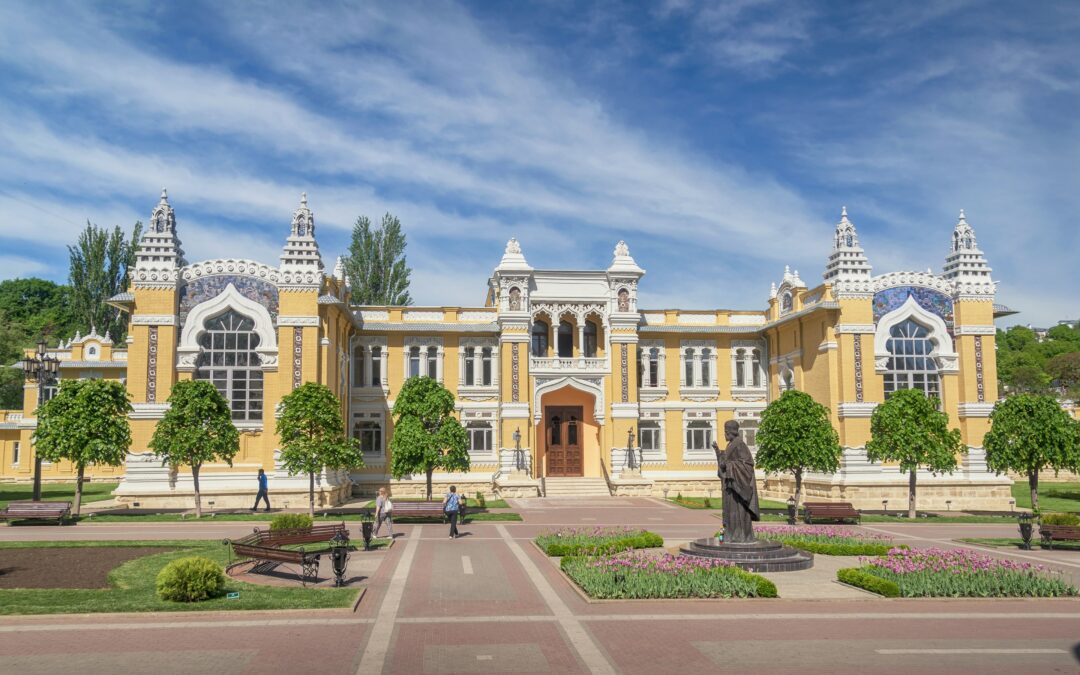
Quick Bits: Stavropol is a city with deep historical roots, scenic landscapes, and a vibrant culture. It blends old-world charm with modern development, making it a destination...
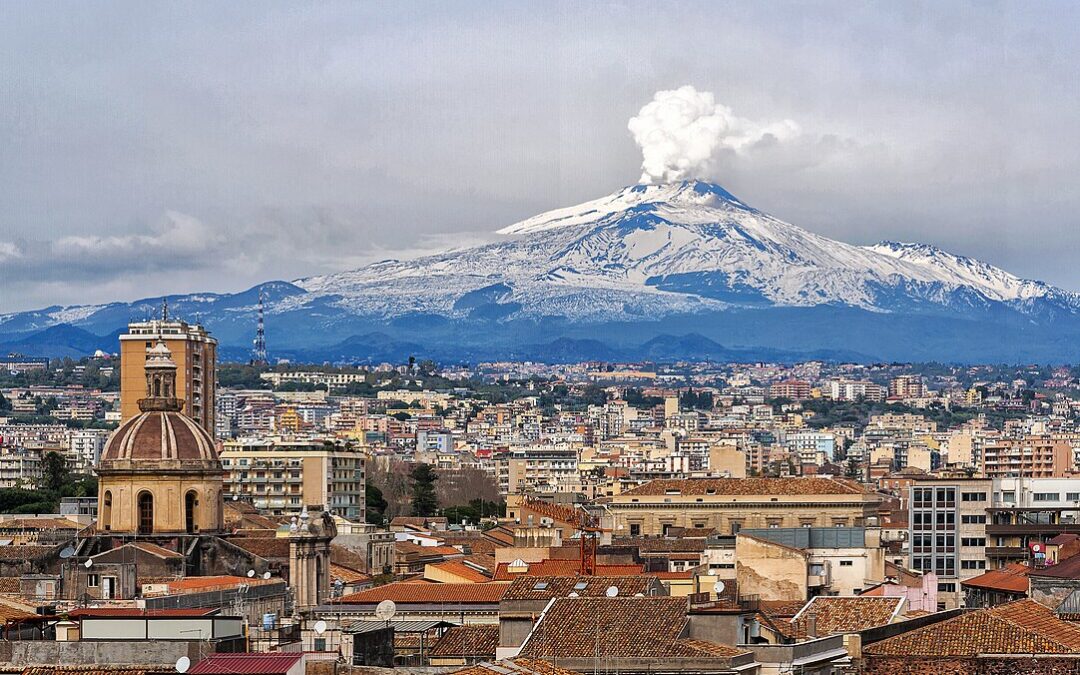
Quick Bits: Catania is a historic city on Sicily’s east coast, sitting at the foot of Mount Etna. Known for its Baroque architecture, bustling markets, and delicious cuisine, the...

Quick Bits: Birmingham, Alabama, is a thriving city with a rich history and a blend of cultural, industrial, and natural attractions. Known as the birthplace of the American...
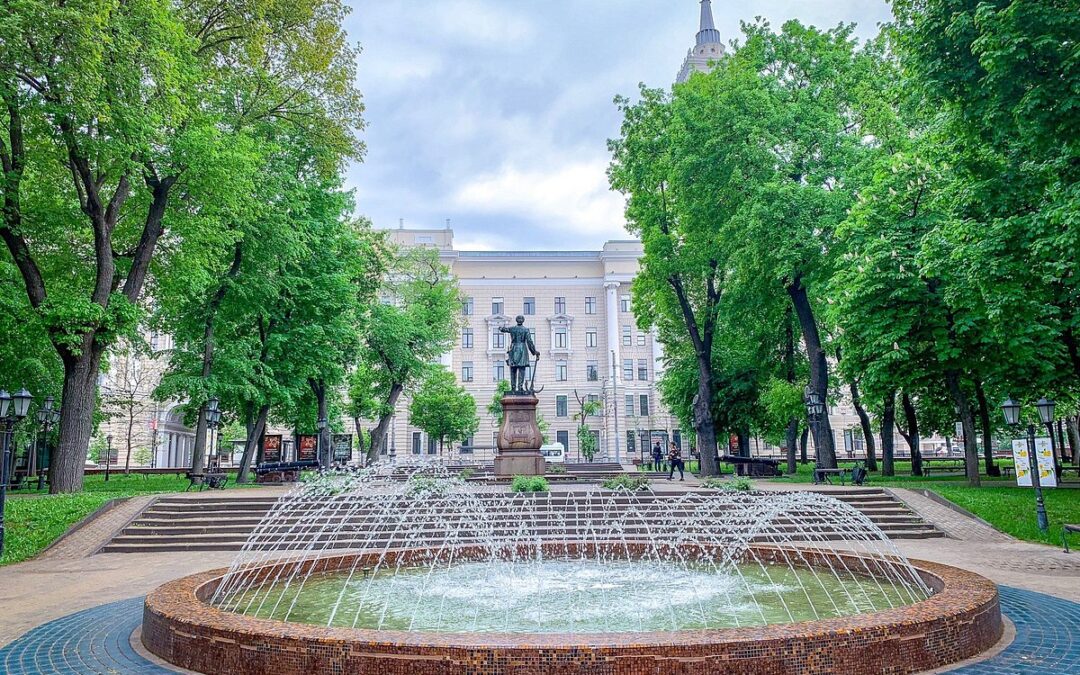
Quick Bits: Voronezh is a vibrant city in southwestern Russia. Known for its cultural significance and historical charm, it is nestled along the banks of the Voronezh River. The...
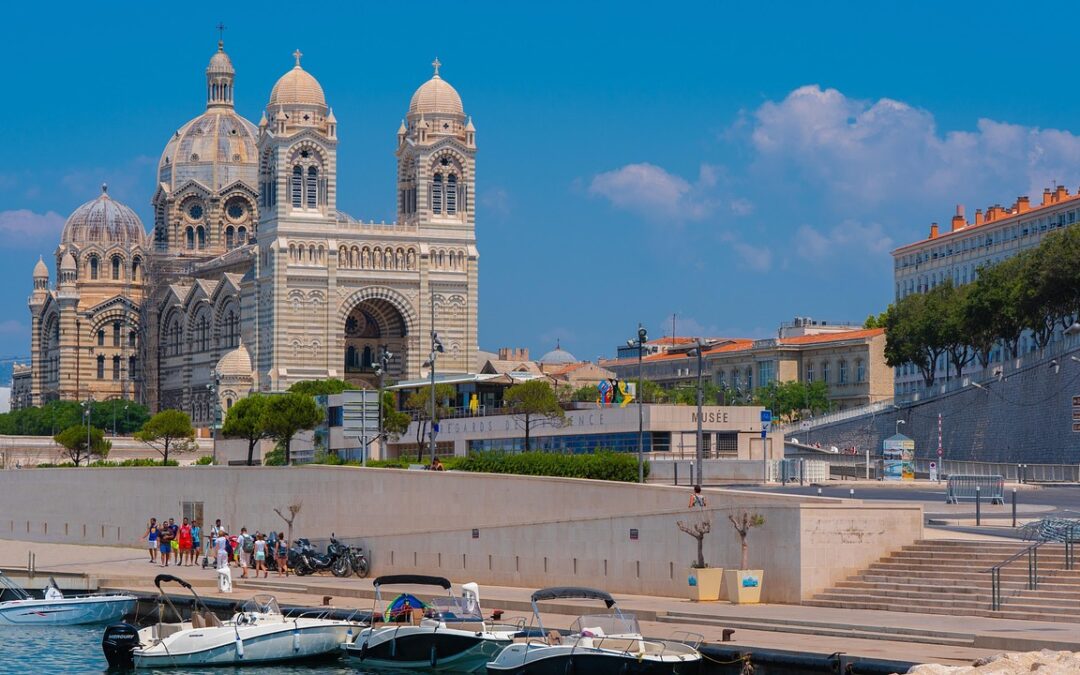
Quick Bits: Marseille, France’s second-largest city, is a vibrant blend of history, culture, and stunning Mediterranean beauty. Nestled along the southern coastline, it offers...
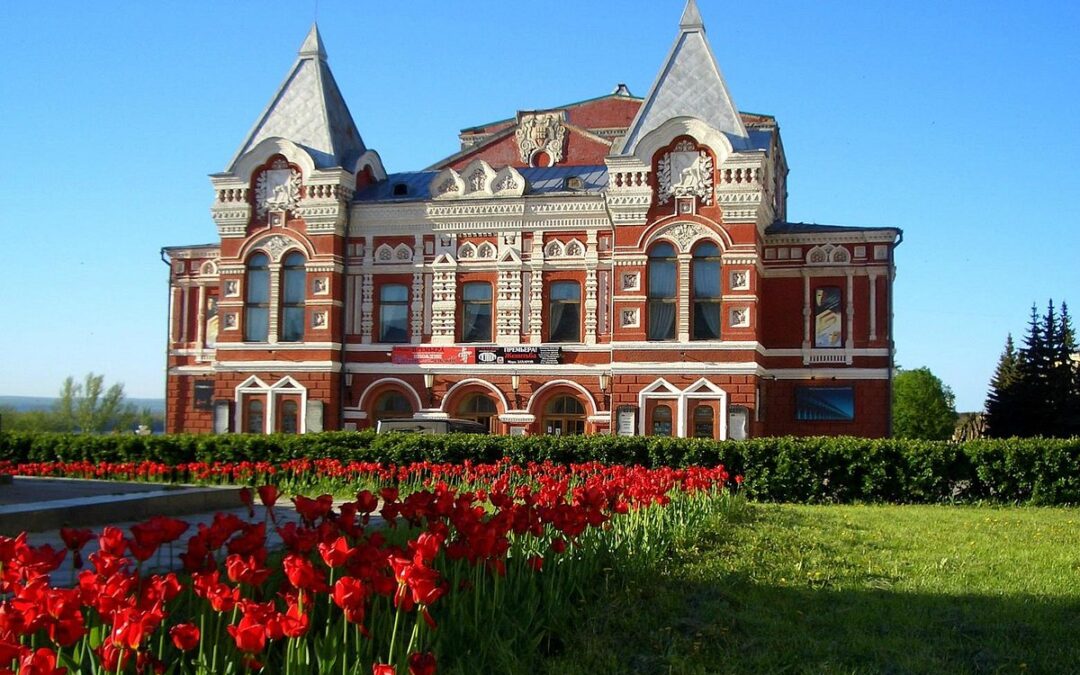
Quick Bits: Samara is a hidden gem that blends vibrant city life with serene natural beauty. Nestled along the banks of the Volga River, it is a city known for its rich cultural...
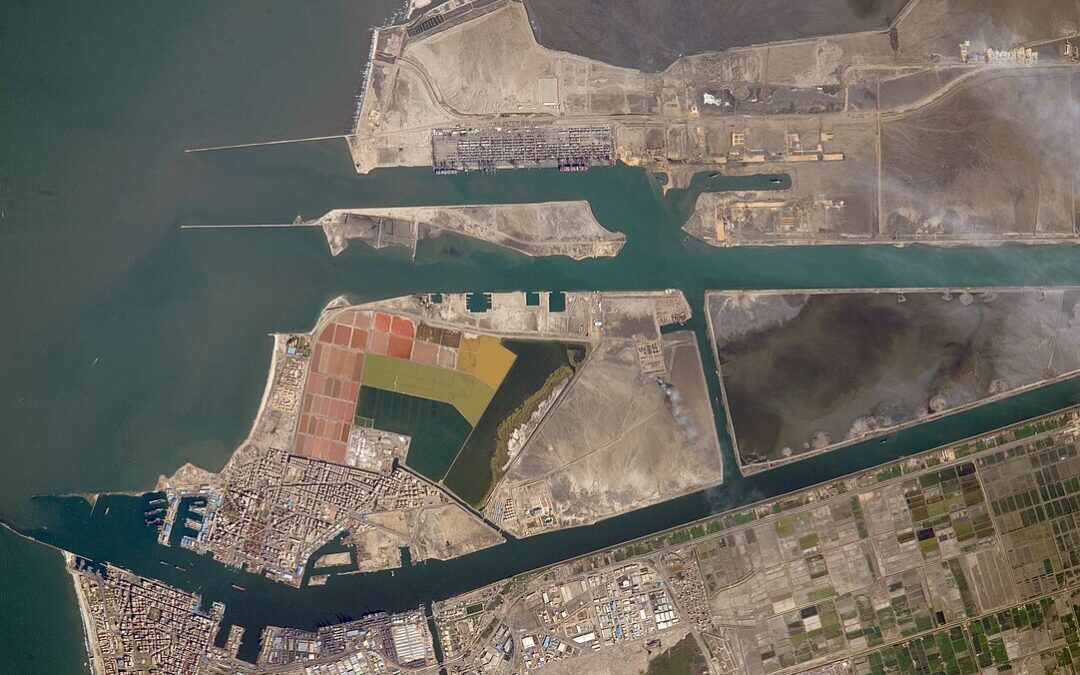
Quick Bits: Port Said, situated at the northern gateway of the Suez Canal, is a vibrant city steeped in maritime history. Established in 1859, it serves as a vital hub for...